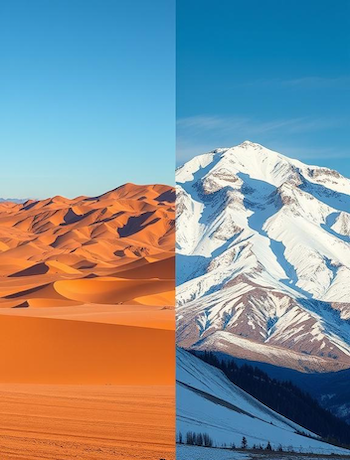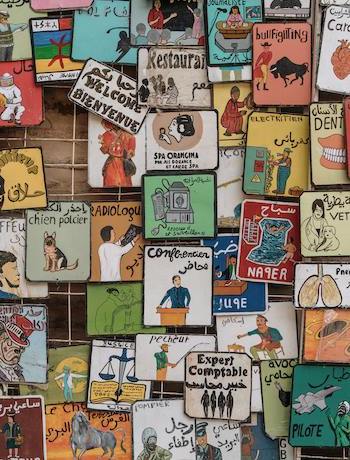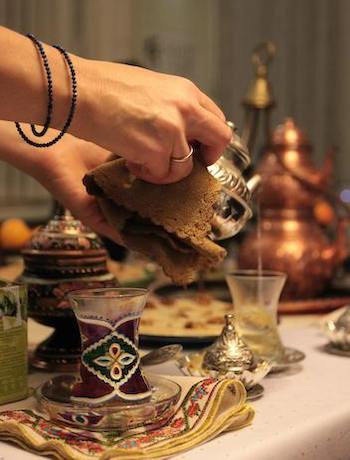 Morocco Marvels
Morocco Marvels Best Time to Visit Morocco : Your Seasonal Guide
Morocco's diverse climate makes the "best" time to visit depend on your priorities. Spring (April-May) and autumn (September-October) generally offer the most pleasant conditions nationwide. During these shoulder seasons, temperatures are mild across most regions, making sightseeing comfortable, whether exploring imperial cities, hiking in the Atlas Mountains, or venturing into the edges of the Sahara.
Summer (June-August) in Morocco can be intensely hot, particularly in the inland cities like Marrakech and Fes, and the Sahara Desert. While coastal areas like Essaouira and Agadir benefit from cooling sea breezes, inland travel during this period can be challenging due to the extreme heat. However, the High Atlas Mountains offer a cooler escape for trekking enthusiasts during the summer months.
Winter (November-February) brings cooler temperatures, especially at night and in the mountains, where snow is common. While the days can still be sunny and pleasant for exploring the southern regions and desert areas, be prepared for colder weather in the north and higher altitudes. This season sees the fewest tourists, potentially offering a more tranquil experience and lower prices.
Ultimately, the best time to visit Morocco hinges on your itinerary and tolerance for heat or cold. For a balanced experience encompassing various regions, spring and autumn are ideal. Summer is best suited for coastal escapes or high-altitude trekking, while winter offers a quieter, cooler experience with a focus on the south. Consider your desired activities and regional focus when planning your Moroccan adventure.






